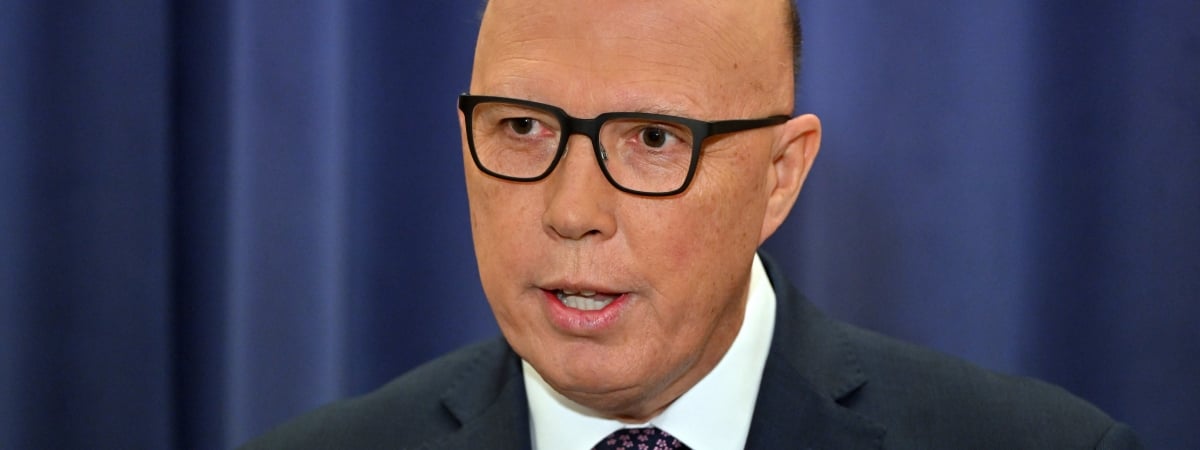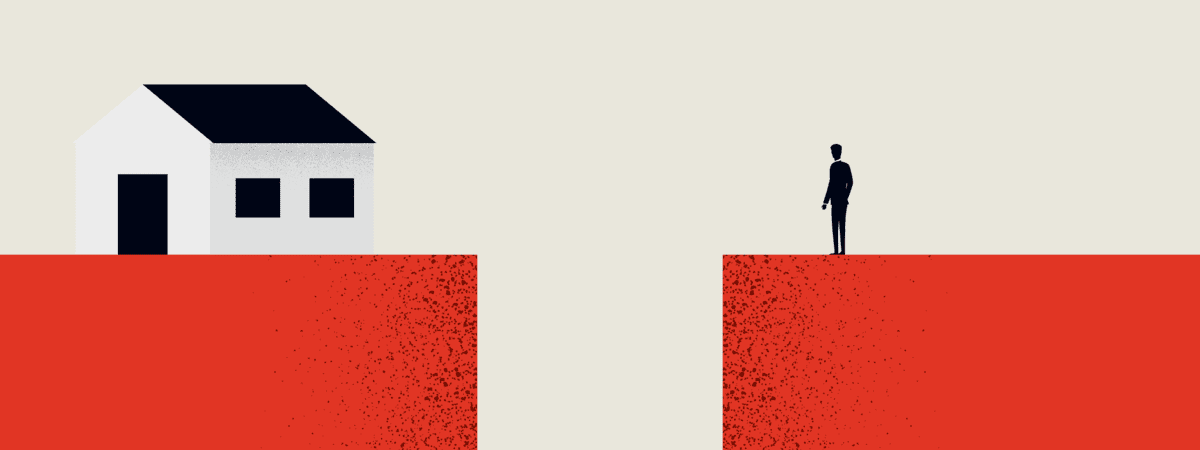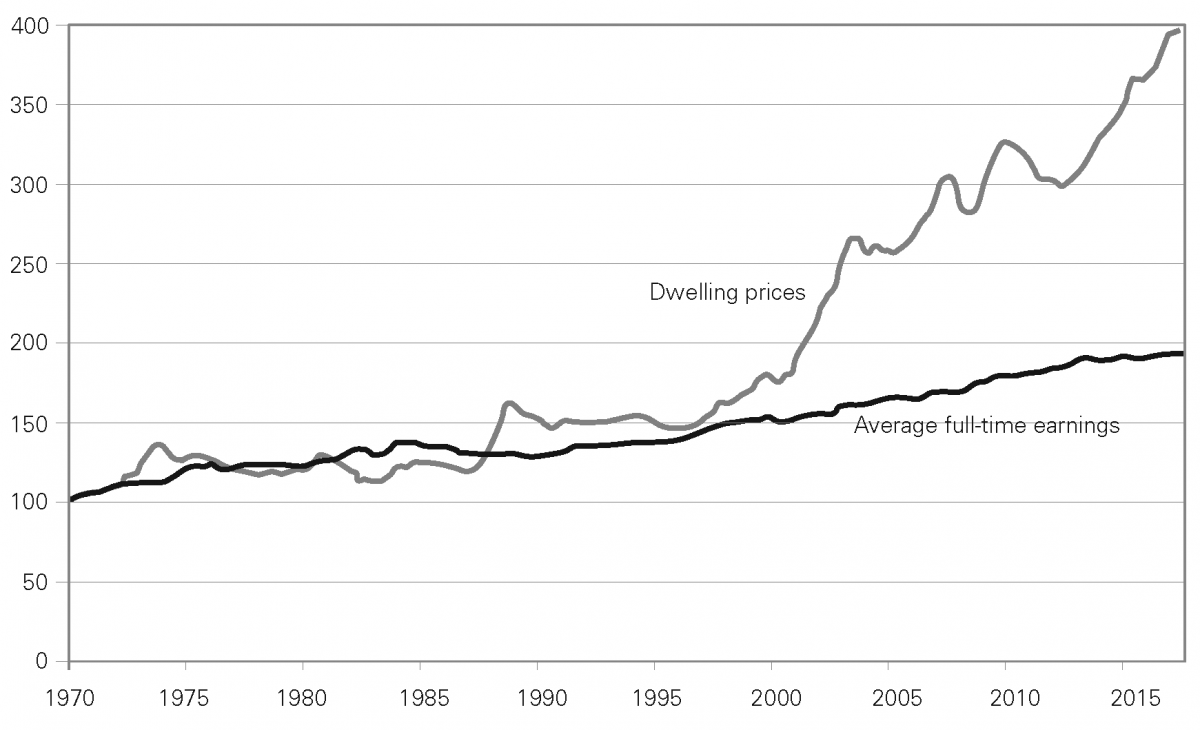In his essay The Great Divide, Alan Kohler defines my tribe, the millennial generation, as anyone who was born after Bonnie Tyler’s “Total Eclipse of the Heart” was a number-one hit. Having entered the world just as 1982 made way for 1983, I consider myself to be an ageing millennial matriarch with first-hand experience of the problems highlighted in Kohler’s essay and therefore feel qualified to provide this correspondence.
Kohler observes that the year 2000 was the dawn of the “Great Divide” in housing. I turned eighteen at the end of that year and was far too busy enjoying the new freedoms that came with a driver’s licence and the ability to order a drink at the pub to be concerned with the matter of property. I intended to work hard, and the past had assured me that anyone who worked hard enough could buy a house when they were ready for such a commitment.
I was wrong. During the years that I heartily indulged in my youth and enjoyed the share house rite of passage, the market was shifting rapidly. By the time I moved out of my final share house on the eve of my thirtieth birthday, in 2012 – having handed over tens of thousands of dollars to landlords while trying to build my career – the median house price in Melbourne was about $530,000, more than seven times my annual salary at that point. And I was single, so buying solo felt impossible.
As Kohler explains, this has remained a challenge, with median house prices still at 7.4 times annualised average weekly earnings. In my case, cracking the property market meant making two critical decisions: moving home with my parents to do a “power save” at thirty, and ultimately purchasing an apartment at a price point that was significantly lower than the median dwelling price.
Kohler is right that the cost of housing is a serious problem in Australia, but more attention should be applied to what I believe is the biggest barrier to entry: saving a deposit. Most banks require a 20 per cent deposit along with additional costs. A 20 per cent deposit on the median $732,886 price that Kohler calls out is $146,577. And that’s just the deposit. Even if a first homebuyer or couple did manage to save that 20 per cent, once you add more than $39,000 in stamp duty, about $2000 in government costs, $1000 for conveyancing plus mortgage set-up fees, the would-be buyer(s) only have a 14 per cent deposit. Their loan-to-value ratio would be 86 per cent, making them a risky prospect as far as the bank is concerned; they’d therefore be slapped with a Lenders Mortgage Insurance (LMI) charge of approximately $9000, which protects the bank in the event of a default, not the customer. That “insurance” would likely be capitalised into the life of the loan, costing them a stack of additional interest for as long as they held the property.
In my view, the way that loans are structured is outdated and needs urgent review in light of the cost of entering the market. Kohler says that many young people may access the Bank of Mum and Dad to cover deposit shortfalls, but if you don’t have that (I didn’t), chances are you’ll cop the LMI rather than saving the full 20 per cent plus costs (this is what I did). I justified the LMI by putting a strategy in place that could benefit me in the long run. This meant buying an established apartment 25 kilometres from Melbourne’s CBD for about $300,000 with a deposit of less than 10 per cent in a red-brick block of just six. It was, frankly, pretty crap. But it was in a growing suburb, in a wide street full of nice homes, close to amenities. I hoped that it would rise in value over the course of six to eight years and enable me to take my next step into a freestanding home. Not in Melbourne, of course, don’t be ridiculous.
My second step up the property ladder came with a not-so-gentle shove from the pandemic. At the time, I was renting in the inner city and had a tenant in my property. They moved out during the first lockdown, leaving me covering both my own rent and a mortgage on an empty apartment. Thanks to a fortunate break in the form of a mortgage pause, I was able to sell the property and make a profit that would provide enough funds to purchase something larger. At that time, forty was looming and I wanted a permanent home. To secure one on a single income, I had to look beyond the city to regional Victoria, which was feasible only because I had the benefit of remote work.
I bought in Ballarat, 115 kilometres west of Melbourne. While I was proud to have finally made a successful offer on a weatherboard cottage, I was also moving away from family and friends. This was early in 2021. I knew no one. Snap lockdowns continued to hit throughout my first year there. I was desperately lonely, but this was the price I believed I needed to pay for my future security. Thanks to record low interest rates and wild demand for dwellings outside of the most locked-down city in the world, that price was high. My budget afforded me a property with a hole in the bedroom floor, some unplastered walls and one entirely inadequate heater for the frosty climate. But again, I bought with the dual purpose of secure accommodation and the potential for growth. I knew I could add value and make it an attractive asset if I ever needed to sell.
A year in, I’d painted and made several improvements, and for the first time in a long time I felt that I was finally getting ahead. And then, surprise! Thirteen interest rate rises. Cheers, RBA. I understood the emergency interest rates would eventually lift but never anticipated being hit this frequently this fast. Today my mortgage is about $1400 more than it was when I purchased the home. However, just as the hikes kicked off, I met the man who became my husband. He has not only made Ballarat home, he’s also enabled us to weather the cost-of-living battle together. Had our paths not crossed, I would be under extreme mortgage stress.
Kohler’s essay paints a clear and empathetic picture of the many struggles aspiring buyers and new entrants to the market face today. But the cost of property is only one piece of the greater social puzzle for millennials and the generations that follow. My husband and I are incredibly privileged to have two incomes, and that I managed to purchase our property at below the state’s median price in 2021. Our children are of the fur variety, and while we need to allow for food and occasional medical expenses, we do not bear the financial burden of paid care or education.
How can any young couple – without access to the Bank of Mum and Dad – not only save for a deposit, but then go on to cover the cost of a mortgage, bills, food and childcare? How do they manage costs when one parent must step out of the workforce for extended parental leave? Currently, parental leave is approximately $880 per week for just twenty weeks, and while parents will enjoy up to twenty-six weeks of paid leave by 2026, this small sum does not come close to compensating those shouldering the combined costs of early family life. The parent who takes on the primary caring role is also missing out on superannuation during that time, and potentially making this sacrifice intermittently for years, depending on the number of children they have.
Our support for young families is pitiful when compared with that in other nations. In Finland, each parent is entitled to 160 days of paid leave (more than fourteen months in total). The average across OECD nations in late 2022 was 50.8. Even when Australian primary carers do return to work, they must find a way to manage employment and care for their babies. Anecdotally, I know couples who are spending over $20,000 per year on childcare alone. The combined costs mean that raising a family is turning from a fairly reasonable dream into a luxury.
I believe many growing families will be forced to do what I did, moving a long way from their roots to the end of train lines and beyond for “reasonable” mortgages. If this trend continues, other social shifts must occur, including ongoing acceptance of work-from-home practices, strong employment opportunities and increased investment in outer-suburban and regional infrastructure, not just more housing.
Property prices are causing more than a great divide; there is now a cavernous gap between those who own their home and those who do not. I worry not just about our present circumstances but about how my generation will fare at retirement age. How will we accommodate everyone who was not fortunate enough to secure a home? A roof over one’s head should be a right, not a privilege. Yet, as Kohler points out, if most people have a vested interest in property prices rising for their own security, little will change.
The number-one hitmaker of 1983 was right when she sang, “Every now and then I get a little bit nervous / That the best of all the years have gone by.” Don’t those of us who were born at that time or in the years that followed know it.
Nicole Haddow
Nicole Haddow is a Victoria-based journalist and the author of Smashed Avocado: How I cracked the property market and you can too and The Ethical Investor. She was the executive property writer for the Australian Financial Review.
CONTINUE READING
This correspondence discusses Quarterly Essay , . To read the full essay, subscribe or buy the book.
This correspondence featured in Quarterly Essay , .
ALSO FROM QUARTERLY ESSAY

















